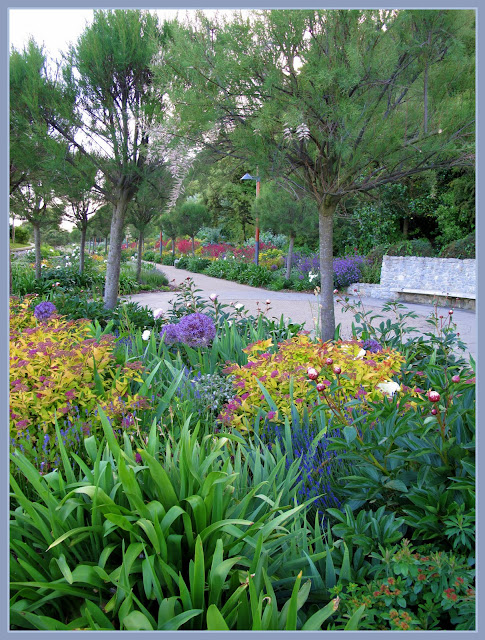Wednesday, 30 June 2010
Tuesday, 29 June 2010
Monday, 28 June 2010
Sunday, 27 June 2010
Saturday, 26 June 2010
Friday, 25 June 2010
Thursday, 24 June 2010
Wednesday, 23 June 2010
The curious horse
....whilst driving along the narrow country lanes.. captured this rather curious horse.......
later in the day the weeds were identified to me as "Ragwort"....a poisonous food for horses....
- Poisoning can occur at ANY time of the year Ragwort poisoning destroys the liver, leading to slow, painful death Poisonous to most animals but horses and cattle are most susceptible
- Once symptoms have appeared in an affected animal little can be done and it will usually die
- Acts in a cumulative fashion - a small amount eaten over a period of time is just as damaging as one large dose
- Animals eating 5 percent or more of their total daily diet of ragwort for periods exceeding 20 consecutive days can be expected to die within a 6-month period
- The plants
1st year - rosette stage - most poisonous
2nd year - stem/flower stage - each plant can produce 150,000 seeds, with a 70% germination rate - A horse can get ragwort poisoning without actually having any plants in their paddock! Seeds/spores from plants in neighboring fields can blow over and contaminate a paddock apparently free from plants. A horse can eat or inhale these - and cumulative poisoning can begin.
Tuesday, 22 June 2010
Sunday, 20 June 2010
Saturday, 19 June 2010
Friday, 18 June 2010
The Weavers

The Weavers is one of the most famous and most photographed of Canterbury's buildings. It was built in 1500, and was intended to house weavers who had come from Flanders or France to flee religious persecution and/or to find work.
The top photograph is one taken from the bridge, through the railings looking down river
- the wall in the bottom photo is the start of the bridge.
Thursday, 17 June 2010
Zoe's creation!
My lovely neighbour is making and selling hundreds of bracelets like this one I bought.....
....to raise money for Breast Cancer Research
There is always hope!
Wednesday, 16 June 2010
Tuesday, 15 June 2010
Monday, 14 June 2010
Sunday, 13 June 2010
Saturday, 12 June 2010
Friday, 11 June 2010
Thursday, 10 June 2010
If you go down to the woods today .......
........you never know what you'll find!
Goldenrod Crab Spiders are usually yellow but that’s not always the case, even among individual spiders. If one of these spiders should find itself on a white flower, it can change its color to match the new background. This is accomplished through the movement of liquid pigment the spiders produce and shuttle from lower to upper “skin” layers as needed. It takes one of these spiders about 6 days to change from yellow to white but as long as 30 days to accomplish the reverse color shift.
Wednesday, 9 June 2010
Tuesday, 8 June 2010
Poppy field
This is the best of the first set of photos taken with the new "fish eye" lens......
Lots of learning to do!











 ..
..
 .
.









 .
.







